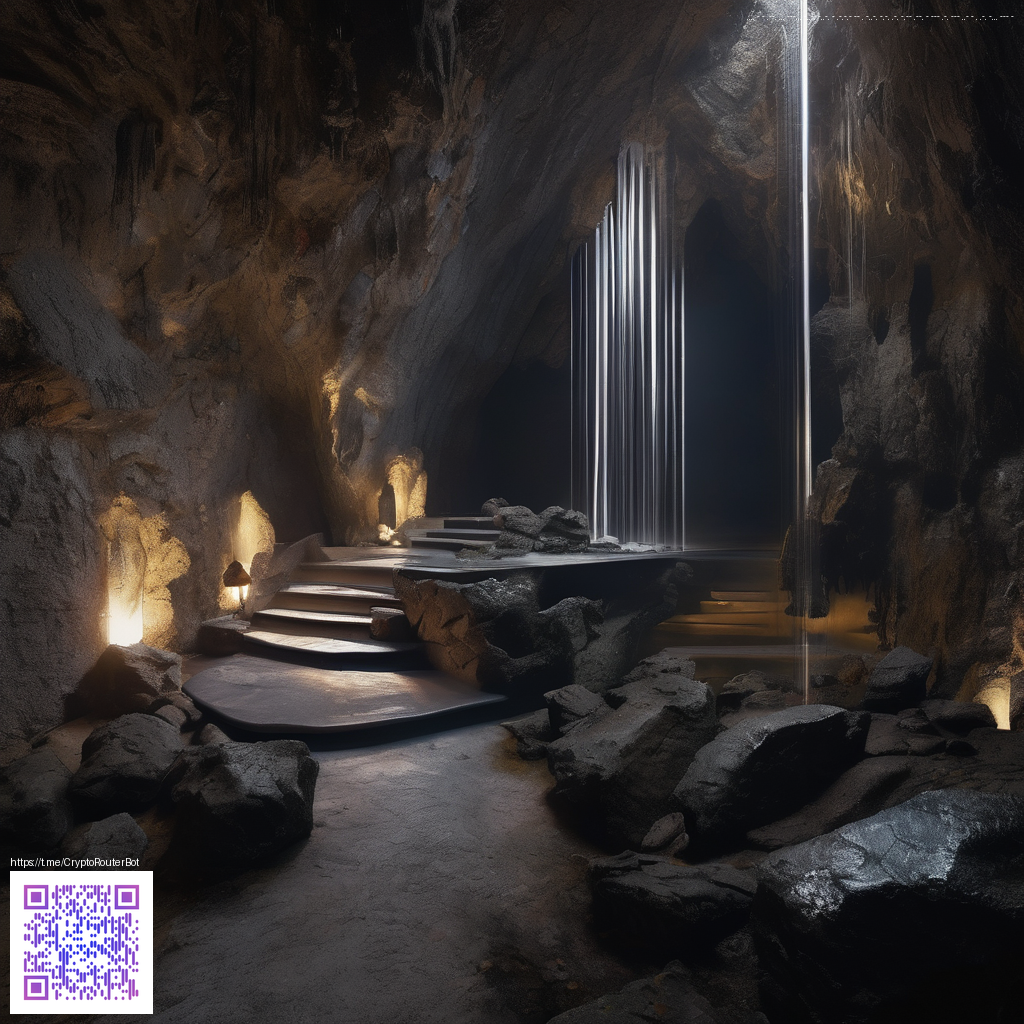
Castle-Building Concepts for Minecraft Builders
Building a castle in Minecraft isn't just about stacking blocks; it's about telling a story in stone. The best designs blend solid architectural logic with imaginative flair, so players feel both the weight of a fortress and the whimsy of a world built block by block. Whether you’re aiming for a mighty keep, a sprawling courtyard, or a set of interconnected towers, the following ideas help turn raw terrain into a believable stronghold that others will admire and explore.
Foundations and Layout
Start with a clear layout that supports your narrative. A central keep or great hall acts as the heart of the fortress, while flanking wings can house stables, armories, or guest quarters. Think in modules: a modular plan makes it easier to expand later or adapt to different biomes. For symmetry lovers, a mirrored layout around a central courtyard creates a timeless silhouette; for those chasing drama, asymmetry with a tall turret on one flank can anchor the skyline.
- Define a rough footprint before you place your first wall.
- Use tiered wall heights to create visual interest—keep the inner walls slightly lower than outer parapets.
- Plan access points: a sturdy gatehouse, a drawbridge, and carefully placed staircases for vertical flow.
Stonework and Texture
Varied textures keep stone architecture from looking flat. Mix stone bricks, cracked variants, and cobblestone to simulate weathering and age. Alternate with wooden beams, iron bars, or mossy blocks to convey season and seasonality. Don’t be afraid to introduce colored blocks sparingly—ochres and grays can evoke aged limestone or slate shingles, giving your castle more character than uniform bricks alone.
“A castle should feel like it held centuries of stories, not a single trend.” Texture shifts help convey that history.
Towers, Battlements, and Silhouettes
Towers are the backbone of a believable fortress. Decide between square, round, or polygonal shapes, then vary their heights to avoid a boxy appearance. Crown most towers with crenellations and parapets to visually communicate defense. Consider staggered rooflines and occasional spires to create a skyline that reads beautifully from a distance.
- Round towers read as sturdier in most builds and offer smooth interior navigation for staircases.
- A tall keep with narrow slit windows commands attention and serves as a dramatic focal point.
- Integrate arrow slits and storage alcoves to add realism without cluttering the exterior.
Interiors and Redstone Flair
Inside, design a grand hall with a towering fireplace or central chandelier, a throne room, and practical spaces like armories and kitchens. Redstone features can elevate your build: hidden doors behind tapestries, piston-operated drawbridges across corridors, and lighting that responds to time of day. Use sea lanterns or glazed terracotta to give interiors a glow that feels both magical and functional.
A well-planned interior supports exploration—create winding staircases that reveal surprising rooms when patrons least expect them. Layer readability into your rooms with color cues, so visitors understand which areas lead to courtyards, cellars, or battlements.
Landscaping and Surroundings
The story continues beyond walls. Moats, stone bridges, and terraced approaches anchor your fortress to the landscape. If the terrain is flat, sculpt artificial hills, terraces, and garden zones to give a sense of scale. Water features like a reflective moat or a quiet pool can mirror the castle’s silhouette at sunset, enhancing drama and immersion.
Think about how travelers would approach: a long causeway, a drawbridge, and a protected gatehouse all contribute to the sense of arrival. When you’re on-site planning or sketching ideas on the go, a rugged, dependable device can be a real asset—consider a rugged phone case like the Rugged Phone Case to keep your plans safe while you build in different worlds. It’s a small detail that matters when your ideas need to travel with you.
Practical Tips for Smooth Building
- Build in layers: base walls first, then decorative elements, then interior details.
- Use slabs and stairs to create softer edges on battlements and parapets.
- Document a color palette early and stick to it to preserve cohesion across the castle.
- Take breaks to review from multiple angles; distance helps you spot awkward proportions.
A well-crafted castle balances grand scale with intimate, lived-in details. When you blend careful planning, varied textures, and thoughtful lighting, your fortress becomes more than a structure—it becomes a home for memories in a blocky world.